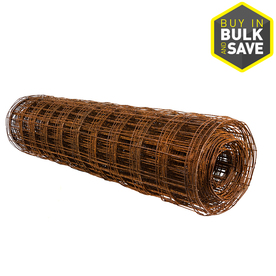Last post was about a flea market/auction I visited early July 2012. That place got me to thinking about
- my knowledge of such locations that are loaded with photographic opportunities
- my desire to share photographic knowledge with other photographers to help them create better images
- my love of food
After a few hours of additional thinking, I combined those three thoughts into one package.
So, on Sunday 22 July I will be leading my first group of photographers on a photo safari though an interesting location in Philadelphia. What, you may be asking yourself, is a photo safari? Let me elucidate.
A photo safari is a walk with a loaded camera. A safari, if you will, to create (place the word shoot here, if you must) photographs while being guided by qualified photographers. During the safari the photographer guides will supply tips on composition, lighting and exposure: how to stalk and shoot your prey (again, if you must). Your guide will customize the session to your level of photographic skills. If you wish to become a better photographer, the relaxed atmosphere of a photo safari is a great no stress venue to learn.
The safari will begin with introductions of the safari attendees and the photographer guides. As the group enters the wilds, the guides will help each photographer sharpen their photographic skills, help with camera knowledge and operation while answering questions that may arise at the moment. When the safari ends, members of the group will have the option to stop for a drink, some food and a period of Q and A. Later, the participants will be able to upload your photographic trophies from the safari to a private website for critique by peers and the photographer guides.
The main goal of dativer safaris is to uncover and develop your photographic skills. The fact that you will be exposed to colorful areas of the greater Philadelphia area and their signature foods will be what make these adventures clearly different than any other photo safaris being offered.
If you miss even one dativer safari, you will come to regret it.
Send for more details today. Contact at dativersafari@gmail.com
©Damyon T. Verbo - all rights reserved















































